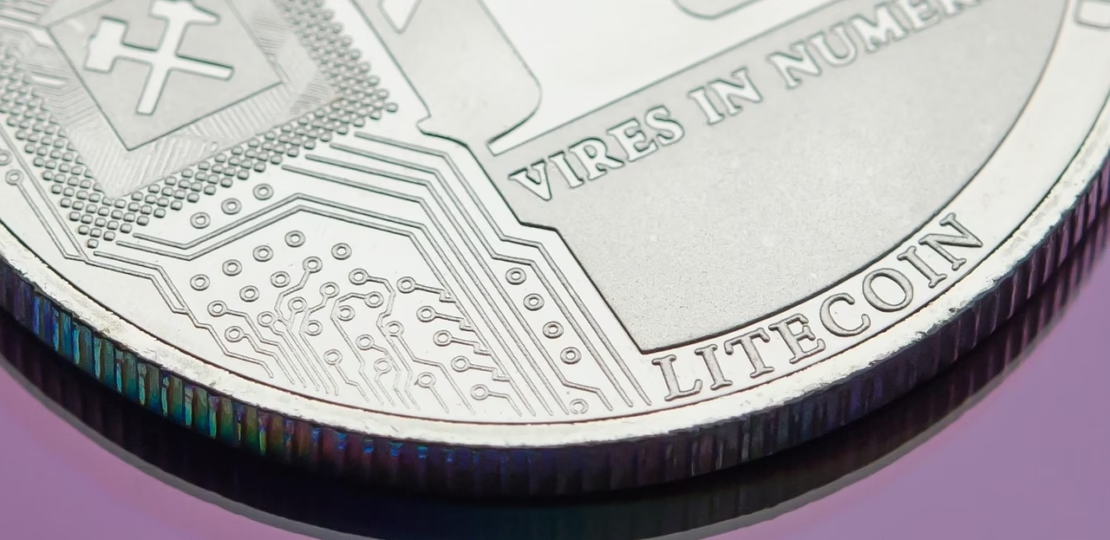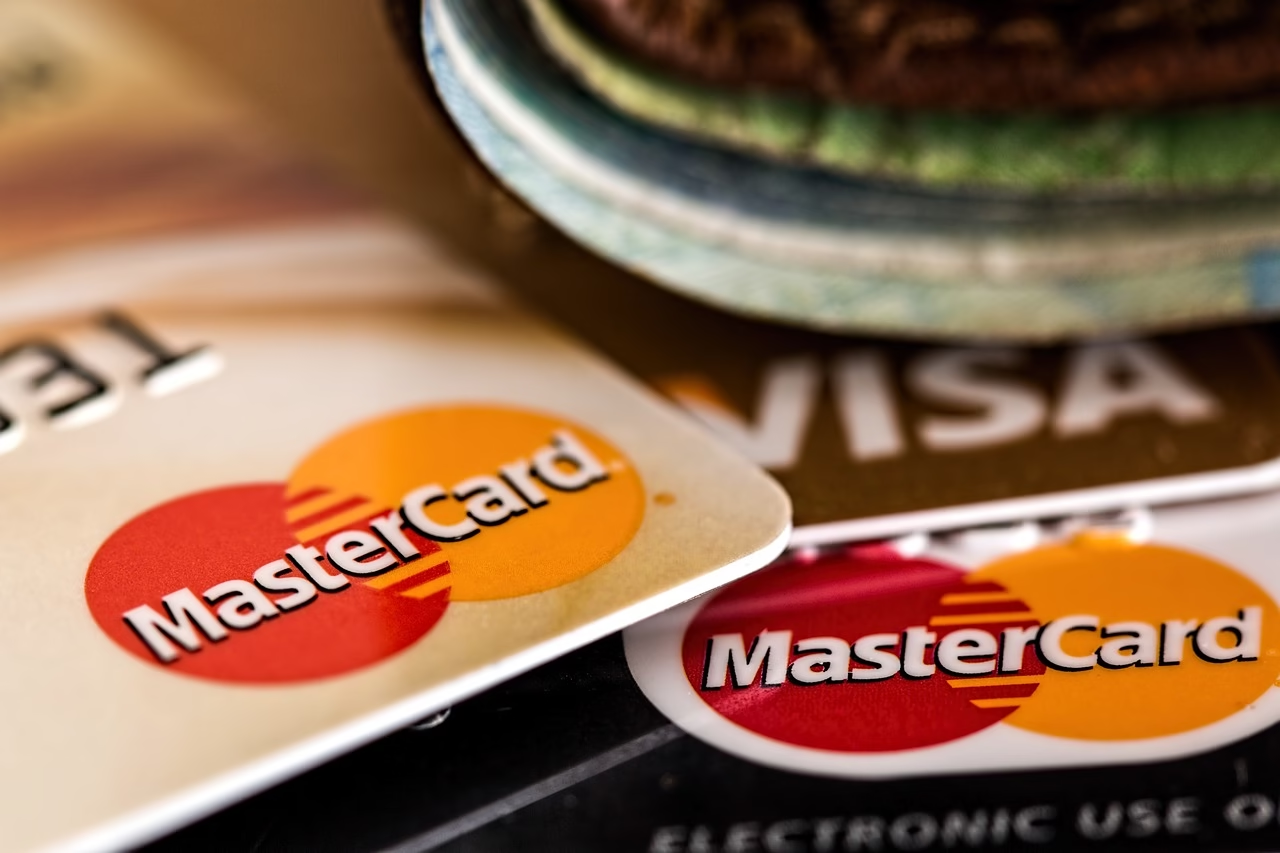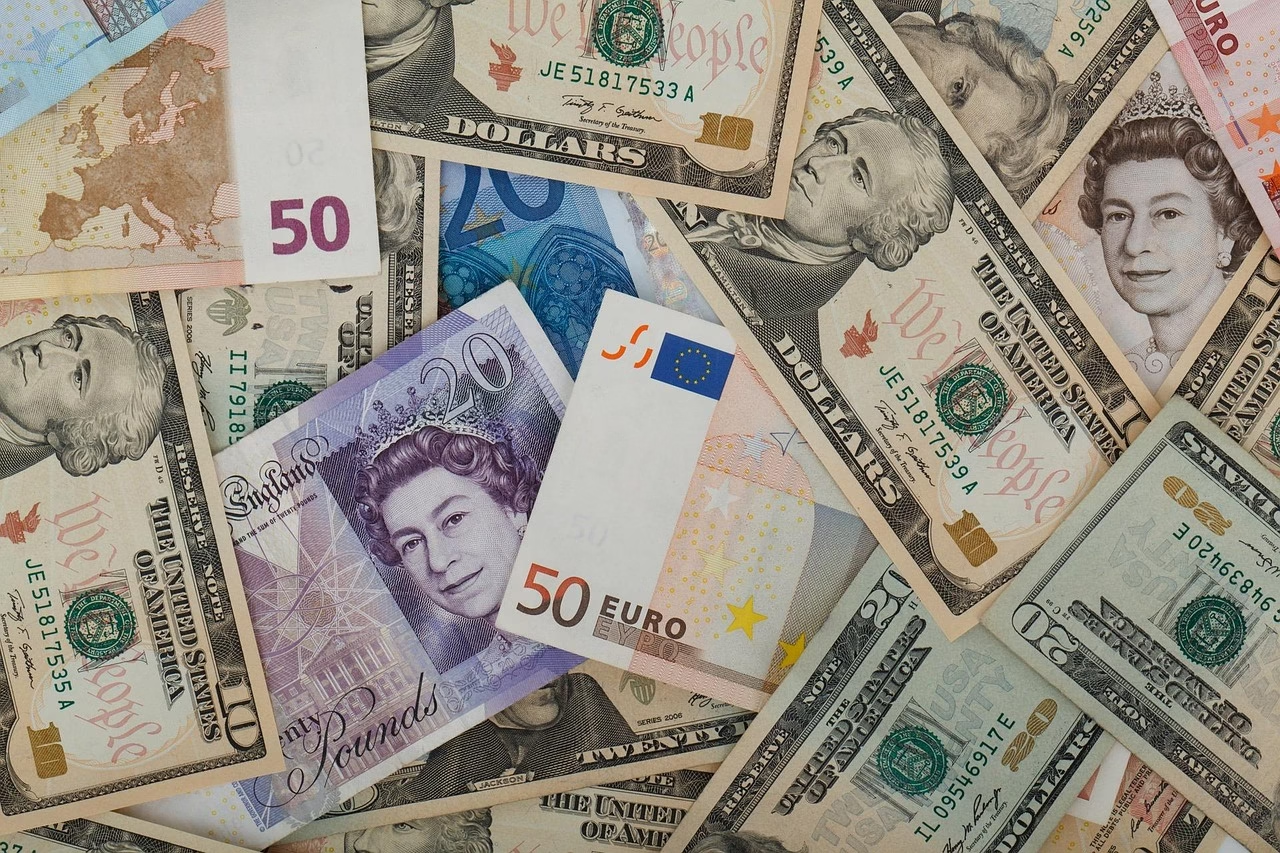“Digital Asset Treasuries: The New Frontier in Corporate Fin
June 8, 2025 | by Sophia Vance

Digital Asset Treasuries: The New Frontier in Corporate Finance
If you’d told a CFO in 2012 that companies would someday park billions in Bitcoin, you’d have been met with a smirk. Fast forward to today, and the treasuries of blue-chip companies, outspoken startups, and even traditional institutions are peppered with digital assets. Ignore the naysayers—this isn’t just hype. Digital asset treasuries are fundamentally redefining how forward-thinking enterprises safeguard, deploy, and even grow their capital.
The Shift from Traditional to Programmable Assets
Historically, treasuries revolved around two poles: cash (in USD, EUR, JPY) and short-dated bonds or money market funds. In a climate of chronic low yields, efficiency-chasing, and sticky inflation, that model looks positively archaic. Enter digital assets. They don’t just sit pretty on a spreadsheet—they reshape liquidity and risk management.
The appeal? 24/7 liquidity, global transferability, programmable returns via staking or lending, and—at the top end—a nontrivial shot at capital appreciation for risk-tolerant treasuries. Bitcoin and Ethereum get all the headlines, but smart treasurers are exploring stablecoins, tokenized T-bills, and decentralized protocols to wring more out of every dollar.
Who’s Stepping In?
- MicroStrategy: With over 200,000 BTC on its balance sheet (as of Q2 2024), it isn’t just the poster child; it’s the template for audacity. Michael Saylor’s unwavering conviction has spurred a wave of imitators—and competitors.
- Tesla, Block (Square), Coinbase: Publicly listed companies have publicly disclosed holding crypto, sending a message to shareholders that digital assets aren’t fringe—they’re strategic.
- Family offices, VCs, and mid-caps: No longer content to let dollars depreciate, they’re quietly allocating to Bitcoin, ETH, stablecoins, and even DeFi yield protocols—often before their peers even notice.
BlackRock’s Bitcoin ETF approval and the rapid rollout of digital asset custody services by established banks have further sanitized the sector in the eyes of cautious boards.
New Tools, Real-Time Insight
Today’s digital treasurer isn’t flying blind. Sophisticated custody platforms, on-chain analytics, automated compliance checks, and real-time performance dashboards are quickly replacing static spreadsheets and clunky wire transfers. This isn’t about chasing fads—it’s about running a tighter, more intelligent ship in volatile global markets.
Risks: Still for Grown-Ups
Let’s get tactical. Digital asset treasuries offer upside, but they’re not a “set and forget” affair. Volatility remains daunting—Bitcoin is up 130% YoY but can drop double digits in hours. Regulatory uncertainty lingers, particularly in the U.S. (where the IRS treats most crypto-assets as property).
Strong governance is non-negotiable. Multi-signature wallets, tiered access, disaster recovery plans, and explicit risk frameworks are table stakes. And let’s be clear—no asset class is immune from the ever-present risk of human error or external threats.
The Strategic Edge: More Than Just Returns
The companies embracing digital asset treasuries are not just chasing yield. They’re buying into an ethos of transparency, programmability, and alignment with an increasingly crypto-native world. For multinationals with global payrolls, the ability to instantly settle payments in stablecoins sidesteps legacy rails. For innovative firms, staking and yield farming provide uncorrelated alpha without abandoning core business focus.
The added kicker: signaling. A company with a well-designed digital asset treasury is telegraphing to investors and talent alike that it’s not clinging to what worked yesterday—it’s building for tomorrow.
What Next? Playing Offense, Not Defense
We’re at the early innings. Tokenized real-world assets (think: on-chain bonds, commercial paper, or infrastructure investments) are next. As on-chain liquidity grows and regulatory clarity firm up, digital treasuries will become the norm, not the exception.
With the right operators, policies, and tech stack, digital asset treasuries convert a balance sheet from a passive legal requirement into an active lever for innovation and resilience. The future has a ticker—and it’s being written on the blockchain.

RELATED POSTS
View all



